The search for water leaks is now more efficient, thanks to cosmic rays
Focus
Focus
Category Facet
Custom Facet
Search Results
-
Web Content Article · By LUCIA ALGISI On Nov 26, 2025 7:42 PM
Data for innovation, people for value From silos to connected ecosystems: introducing Hera Mesh Hera has embarked on an ambitious journey to become a data-driven company, making the most of its...
Categoria Progetto: Innovation -
Web Content Article · By Antonio Filippone On Nov 6, 2025 12:15 PM
High output, low environmental impact: a genuinely circular facility, among the most innovative in Europe and a model for the whole industrial sector, promoting shorter and more sustainable value...
Categoria Progetto: Innovation Innovation Categories: Regeneration of resources -
Web Content Article · By Giulia Lo Faro On Nov 6, 2025 11:09 AM
Boosting risk prevention and the resilience of distribution infrastructure improves efficiency and service quality, and helps to enable the energy transition.
predictive technologies Categoria Progetto: Innovation Innovation Categories: Predictive technologies -
Web Content Article · By Antonio Filippone On Jul 21, 2025 4:03 PM
Expanding fibre coverage in industrial areas and boosting data centre services: a growing offering for businesses and individuals.
Categoria Progetto: Innovation Innovation Categories: Remote Control -
Web Content Article · By Antonio Filippone On Jul 21, 2025 2:47 PM
From carbon footprint monitoring to transforming plastic into an endlessly recyclable resource. This is how, together with Aliplast, we are committing to the transition to a circular economy.
Categoria Progetto: Innovation Innovation Categories: Regeneration of resources -
Web Content Article · By LUCIA ALGISI On Dec 18, 2024 11:20 PM
The connection between the water cycle and agriculture has grown increasingly strong over the years, based on a straightforward principle
Categoria Progetto: Innovation Water Project -
Web Content Article · By LUCIA ALGISI On Nov 29, 2023 2:30 PM
Early warning system with innovative FingerPrint technology to ensure safe water
Categoria Progetto: Innovation Water Project -
Web Content Article · By LUCIA ALGISI On Nov 29, 2023 2:35 PM
Discover the project for “removing and capturing” microcontaminants with recycled materials
Categoria Progetto: Innovation Water Project -
Web Content Article · By LUCIA ALGISI On Nov 29, 2023 12:05 PM
Hera continues experimentation of the innovative, fast and low-cost contactless system that uses space technology to detect water leaks in the network more quickly and productively
cosmicrays Categoria Progetto: Innovation Water Project -
Web Content Article · By LUCIA ALGISI On Nov 29, 2023 12:21 PM
The pilot project involving the installation of Kamstrup meters was carried out in Conselice, near Ravenna, and yielded excellent results. The tests now continue in Modena, covering a larger area
Categoria Progetto: Innovation Water Project -
Web Content Article · By Palvi Andrea Tonziello On Aug 4, 2020 5:25 PM
A revolution rooted in the circular economy: thanks to separate waste collection, organic waste is fed into an anaerobic digestion process to produce biogas.
circulareconomy Categoria Progetto: Innovation Heratech Project Innovation Categories: Regeneration of resources -
Web Content Article On Aug 4, 2020 5:14 PM
With the Geocall IT system, we have applied the benefits of digitalisation to our emergency response operations, making all relevant information available via smartphone. Find out how we have made...
-
Web Content Article On Aug 4, 2020 5:02 PM
Thanks to robotics and artificial intelligence, we can streamline our workflows and enhance the value of people and their intellectual capabilities. With the Robotic & Intelligent Process...
-
Web Content Article On Aug 4, 2020 4:39 PM
How do we monitor 6,600 plants and over 67,000 km of networks? With our Forlì Remote Control Technological Hub, which monitors operation in real time to detect failures and malfunctions of...
utility4.0 Categoria Progetto: Innovation -
Web Content Article On Aug 4, 2020 4:26 PM
We monitor the sewerage networks from high up on the European Space Agency's satellites to prevent any damage and take preventive action. Modena and Bologna lead the pilot project. Find out more.
Categoria Progetto: Innovation Water Project -
Web Content Article On Aug 4, 2020 4:21 PM
What's Ferrara's green secret? It lies underground, where a geothermal reservoir powers the city’s district heating system. As a result, 95% of the thermal energy distributed in the city is clean...
Categoria Progetto: Innovation Energy Efficiency Circular Economy Innovation Categories: Energy -
Web Content Article On Aug 4, 2020 4:19 PM
The ultrasound hydrolysis system, installed in the Forlì treatment plant, makes the life cycle of wastewater sludge circular. The result: less sludge to dispose of, and more biogas produced.
circulareconomy Categoria Progetto: Innovation Circular Economy Water Project -
Web Content Article On Aug 4, 2020 4:15 PM
Our 300,000 bins can “talk”. How? Thanks to a tag that allows us to always know where they are, how they are working, and whether they have been emptied. Discover more about HergoAmbiente, the Hera...
-
Web Content Article On Aug 4, 2020 4:07 PM
We have installed a turbo expander at the R&M stations of Ducati's factory in Bologna. The goal is to recover electricity from the decompression process of methane gas.
circulareconomy Categoria Progetto: Innovation Energy Efficiency -
Web Content Article On Aug 4, 2020 4:04 PM
Hera Group's drones are alternative and supplemental investigation tools to provide quality services to the areas we serve.
Categoria Progetto: Innovation Water Project
Asset Publisher
A revolution rooted in the circular economy: thanks to separate waste collection, organic waste is fed into an anaerobic digestion process to produce biogas.
Biomethane: a clean resource of biological origin
So, what makes this source of methane “bio”? Quite simply, it’s how it is produced: not by drilling into deep underground deposits, but by fermenting organic waste in dedicated facilities. Biomethane can be produced continuously, it is inexhaustible, and production can be increased simply by building more plants. This makes it one of the clearest examples of a circular economy.
In Spilamberto, a biodigester converted into a biomethane plant
An innovative plant for the production of biomethane is in operation in Spilamberto, in the province of Modena. It was developed by the NewCo Biorg, a joint venture between the Hera Group and Inalca (Cremonini Group), through a total investment of around €28 million and the use of the best available technologies.
Starting from separately collected organic waste and agri-food effluents, the plant – the result of converting an old biodigester – produces, at full capacity, 3.7 million cubic metres of biomethane per year, a 100% renewable fuel intended for transport, and around 18,000 tonnes of compost.
A cutting-edge plant for the energy transition and the circular economy
The 100% renewable natural gas is produced through anaerobic digestion of organic waste from separate collection carried out mainly in Modena and the province, along with waste from local agri-food processing and meat production by Inalca. Once refined, it becomes biomethane and can be fed into the gas network.
Significant environmental benefits: around 7,000 tonnes of CO₂ avoided
Thanks to the injection of biomethane into the network and its use in transport, significant environmental benefits are expected. Every year, around 3,000 tonnes of oil equivalent (TOE) in fossil fuels are saved, and approximately 7,000 tonnes of CO₂ emissions are avoided. Absorbing such an amount of CO₂ would require, on average, 280,000 trees.
What happens in our plant in Sant'Agata
Organic waste, collected through separate waste collection, undergoes anaerobic digestion to produce biogas. This is how the process works: the waste is shredded and screened, then remains for about 21 days in four horizontal digesters, where suitable microorganisms carry out the digestion process and produce biogas (composed of methane and carbon dioxide). After this, the biogas undergoes an upgrading, or purification, phase using pressurised water: the carbon dioxide dissolves and separates from the methane. The result is biomethane, a gas with a methane content above 95%, and a completely renewable source of energy. Not only that: at the end of the digestion process, lignocellulosic material is added to the outgoing solid fraction, producing a compact mass that then undergoes composting to create high-quality compost, which can be used as potting soil or agricultural fertiliser.
Biomethane is therefore another revolution rooted in the circular economy, one that we at Hera Group are committed to advancing. We do all this with the goal of creating shared value, as Andrea Ramonda, CEO of Herambiente, emphasises: “The direction we have taken looks towards the industrial sector with an increasing focus to creating shared value and partnerships. We are aware that sustainable waste management, focused on recovery and in full compliance with regulations, is essential in today’s world and generates benefits for the entire community.”
Working together for a circular city
At Hera Group, we have joined forces with Bologna Airport and Tper to launch a circular economy project that contributes to decarbonising urban mobility and improving air quality.
What does this partnership involve? The Airport delivers its organic waste to Hera, which collects it at the Sant'Agata Bolognese plant together with similar waste produced by citizens and transforms it into biomethane that Tper purchases to feed the fuel tanks of a significant part of its bus fleet.
This is an important step forward for our Group and for two major organisations in our area, which, like us, serve hundreds of thousands of people. We share a commitment to improvement and sustainability, in line with the UN 2030 Agenda.
Cookies disabled - content not available
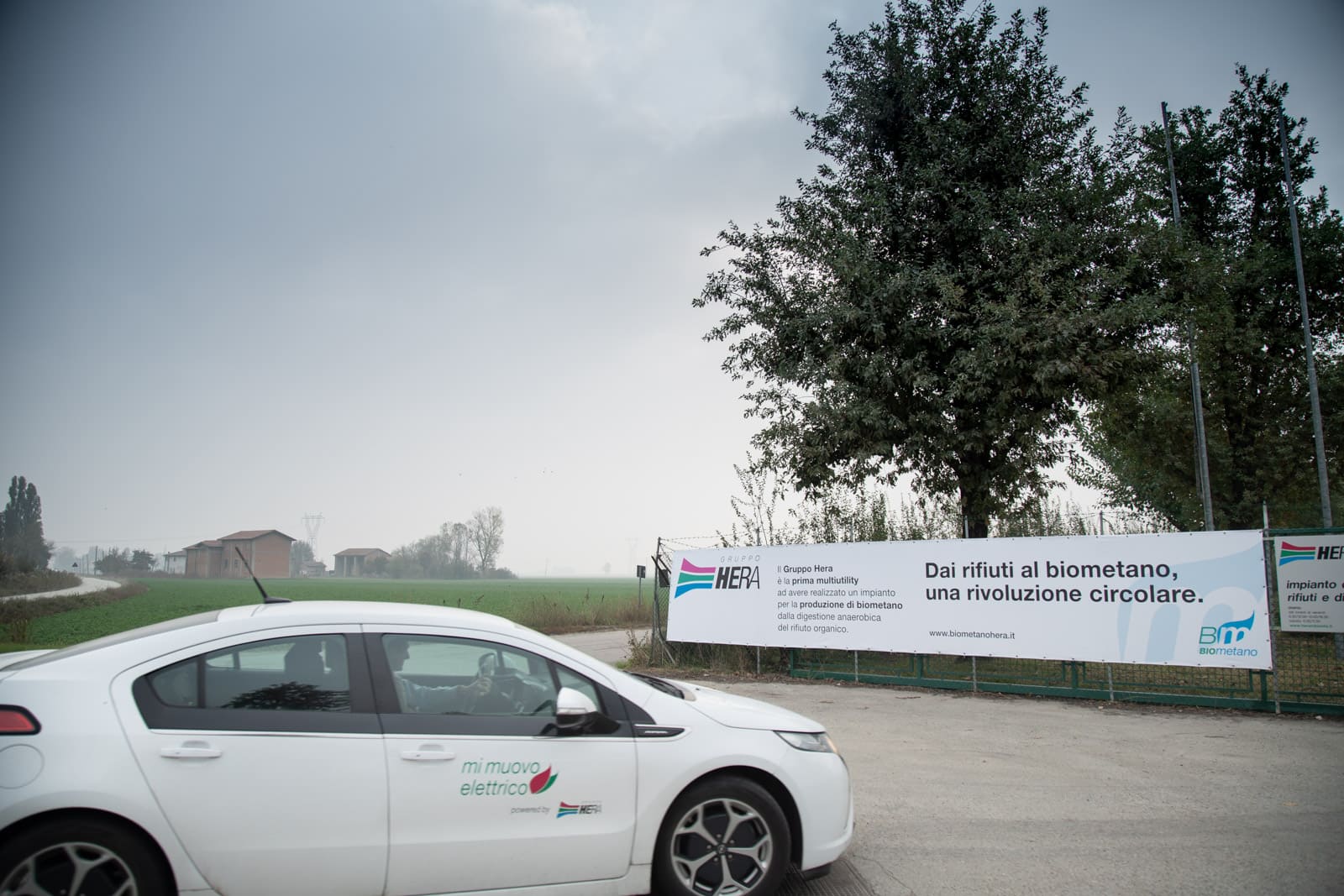
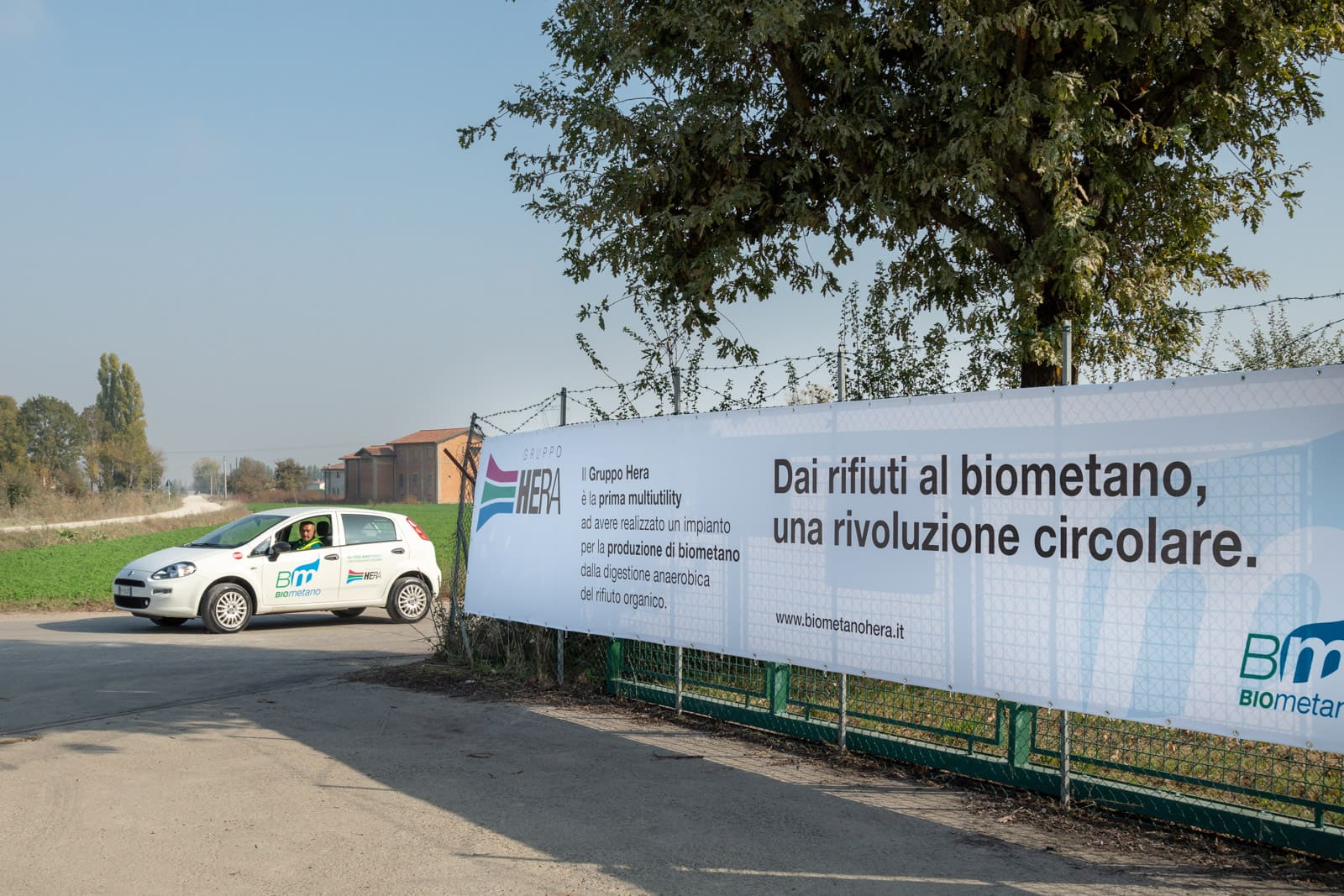
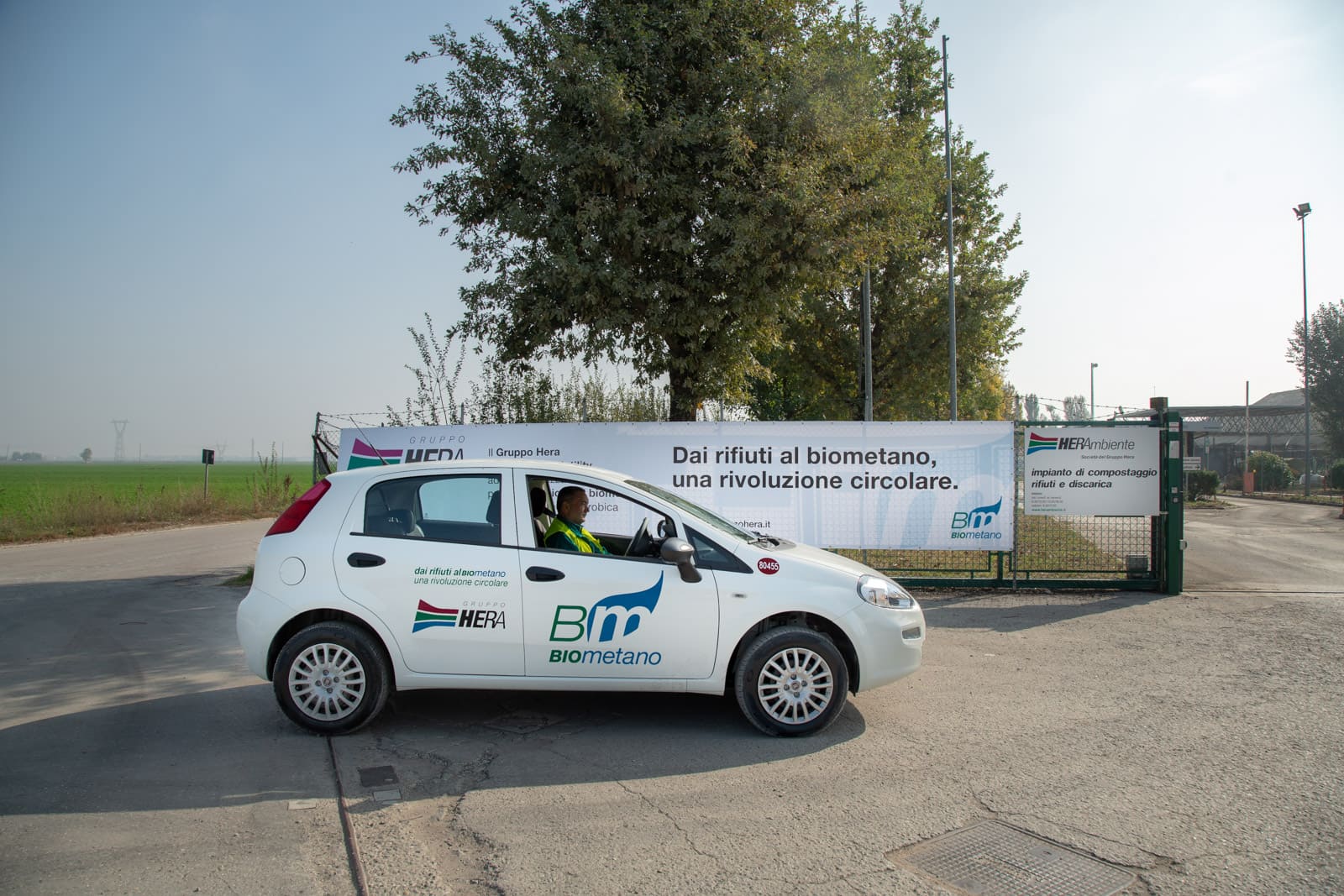
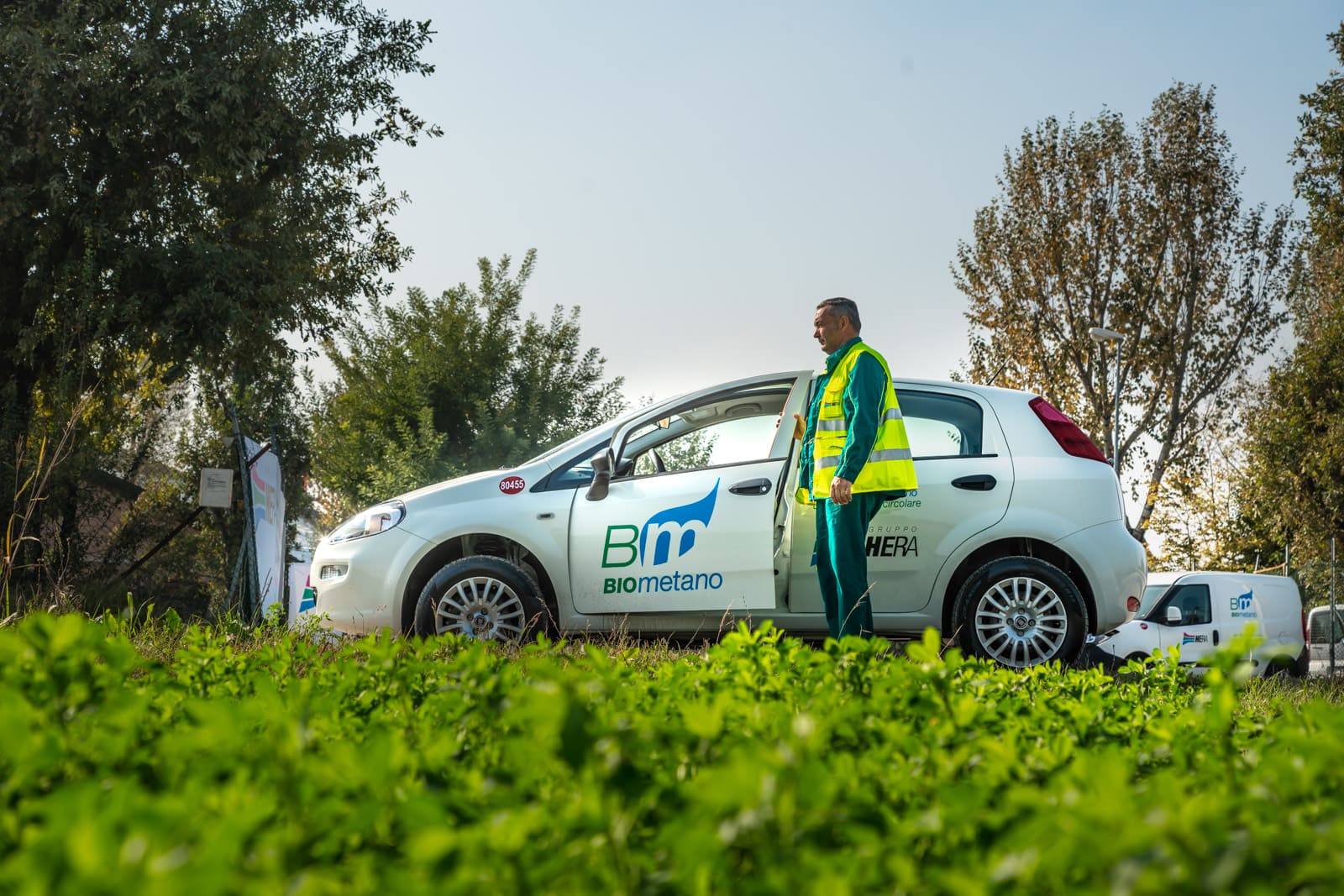
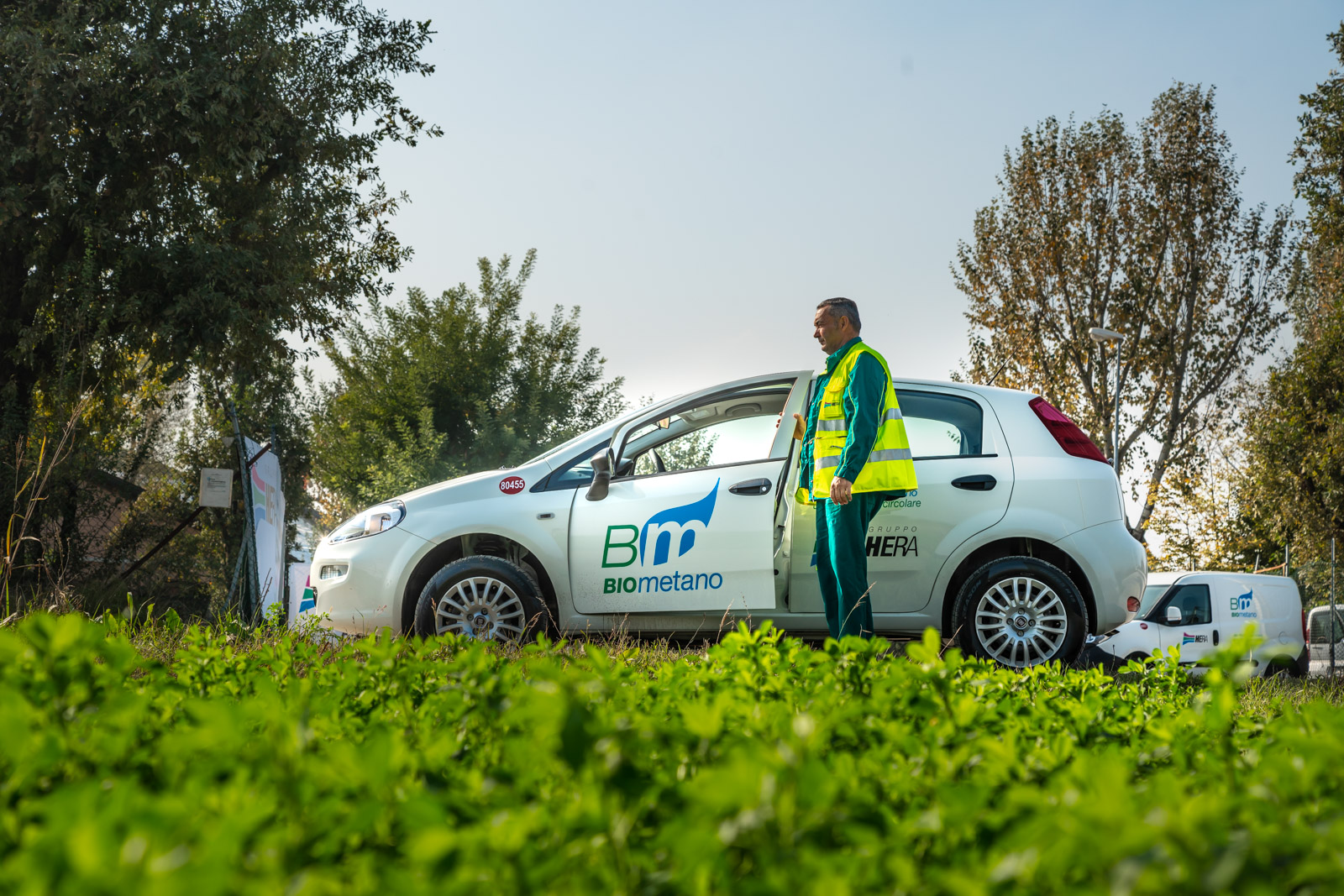
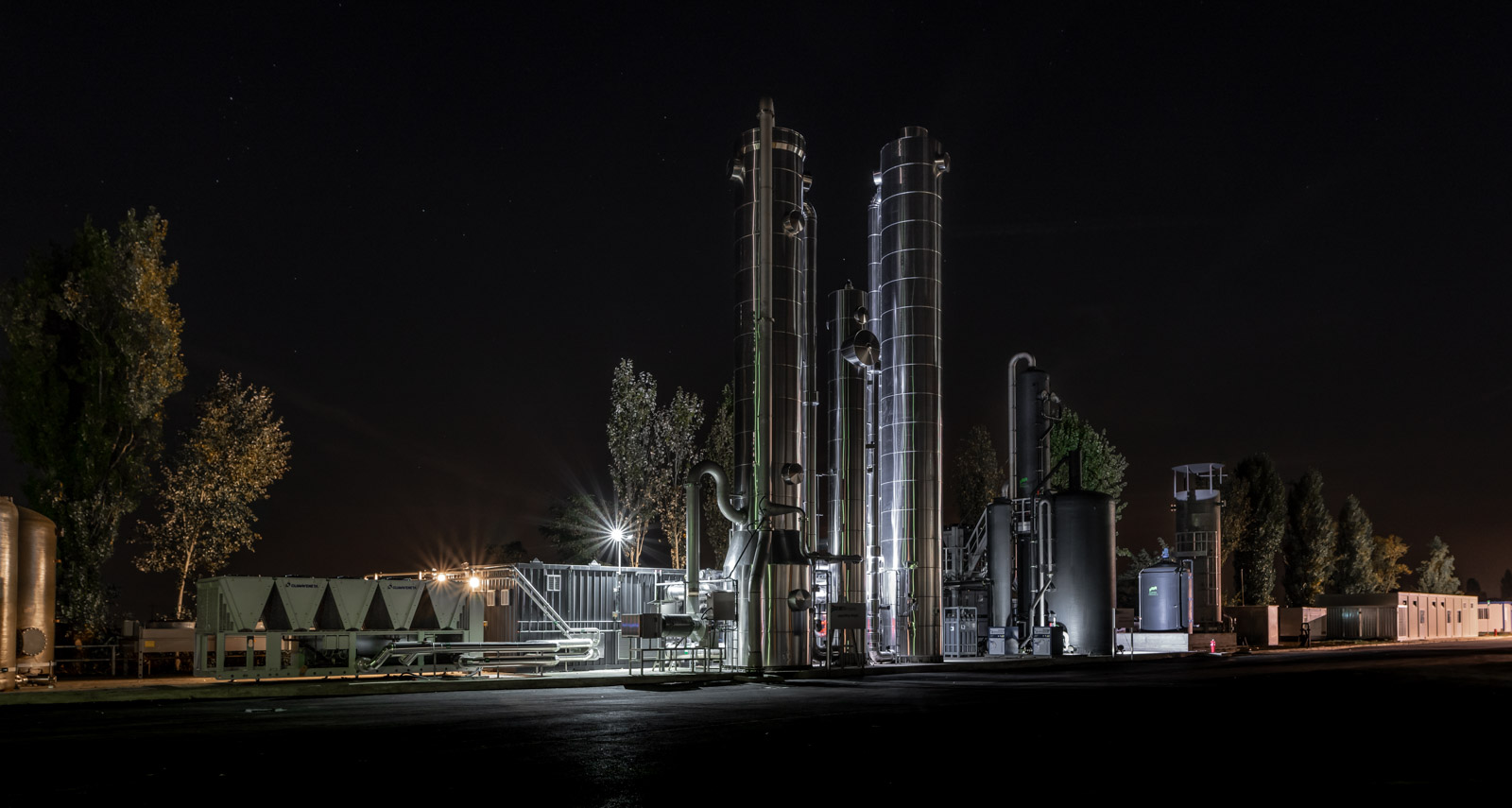
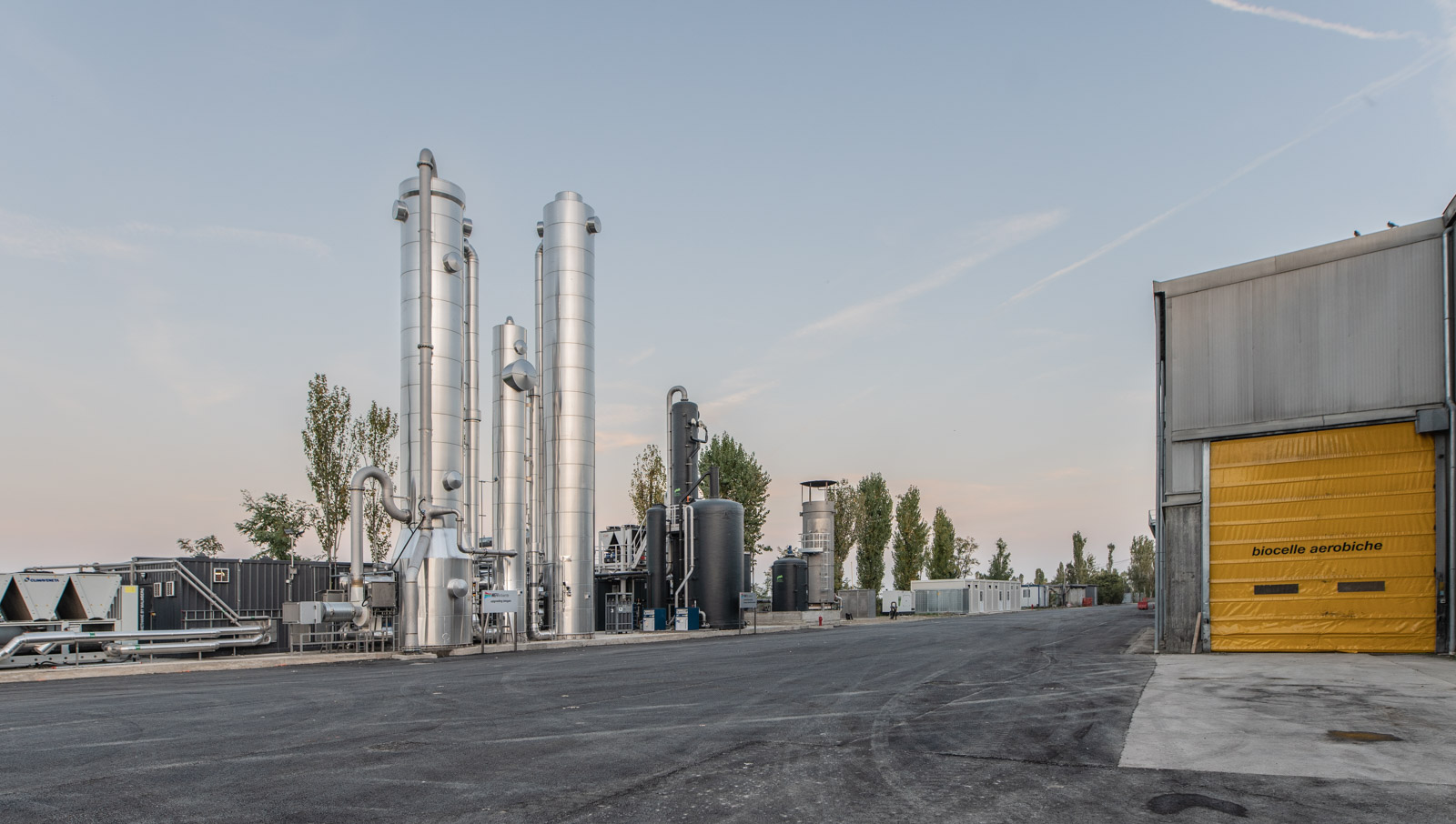
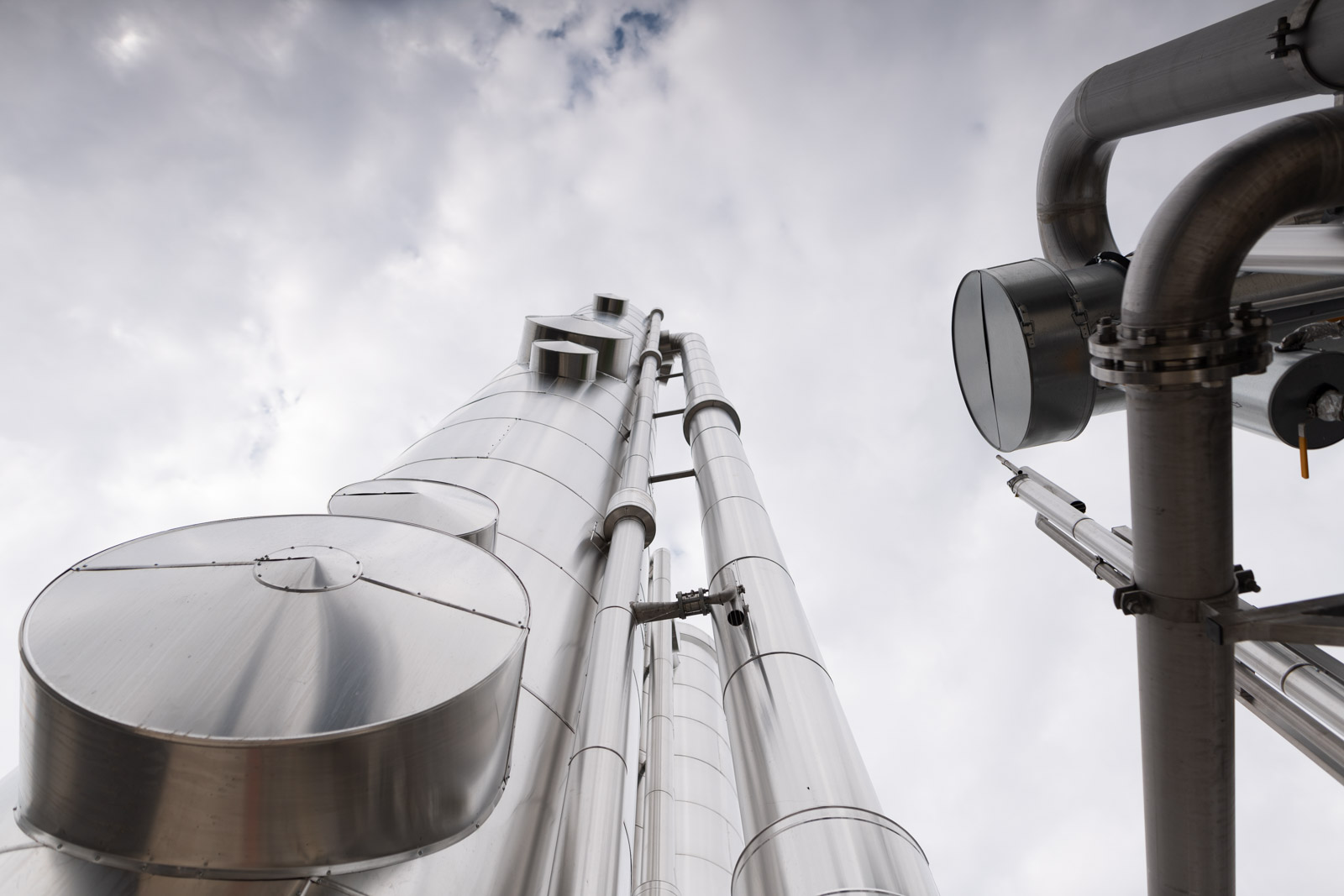
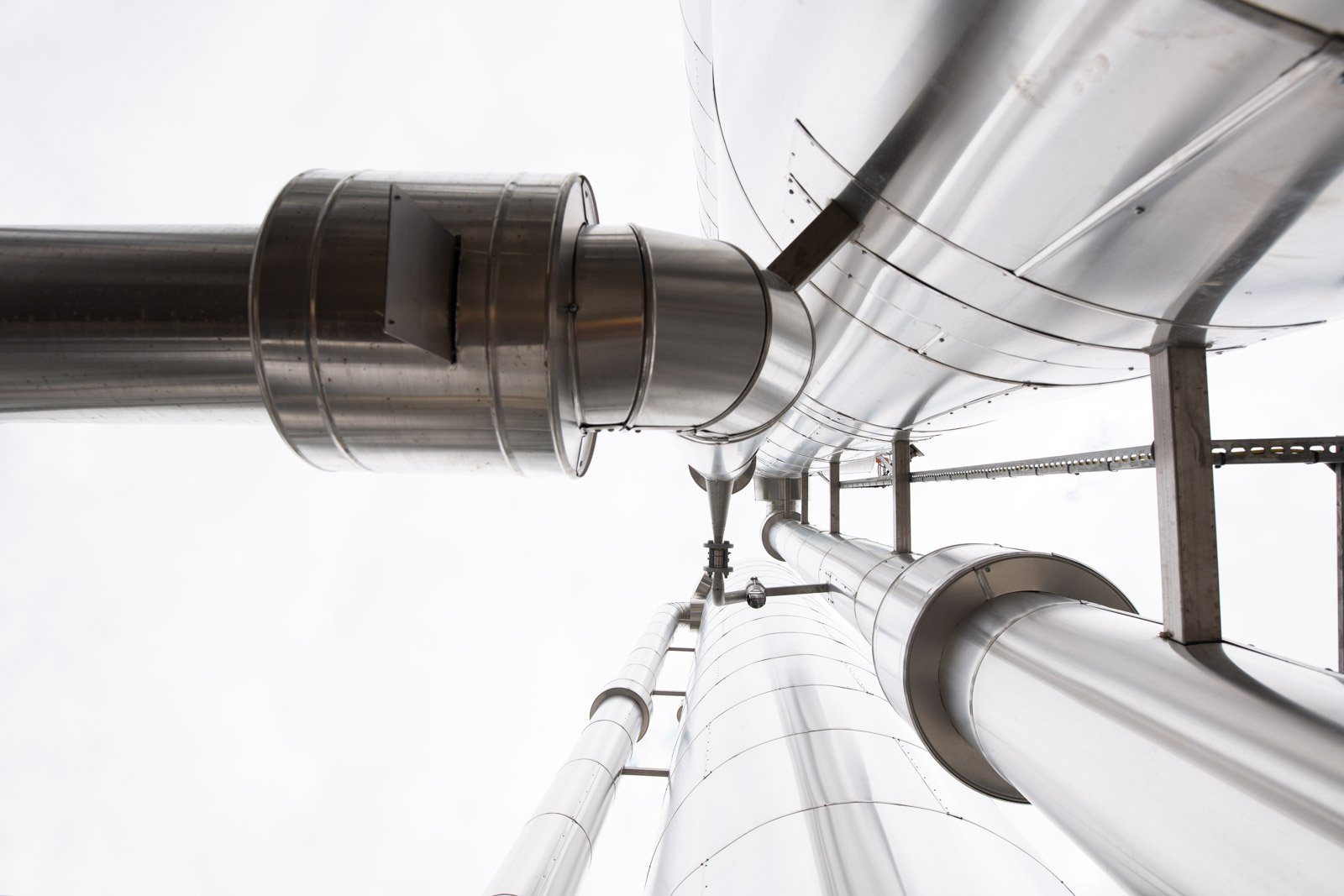
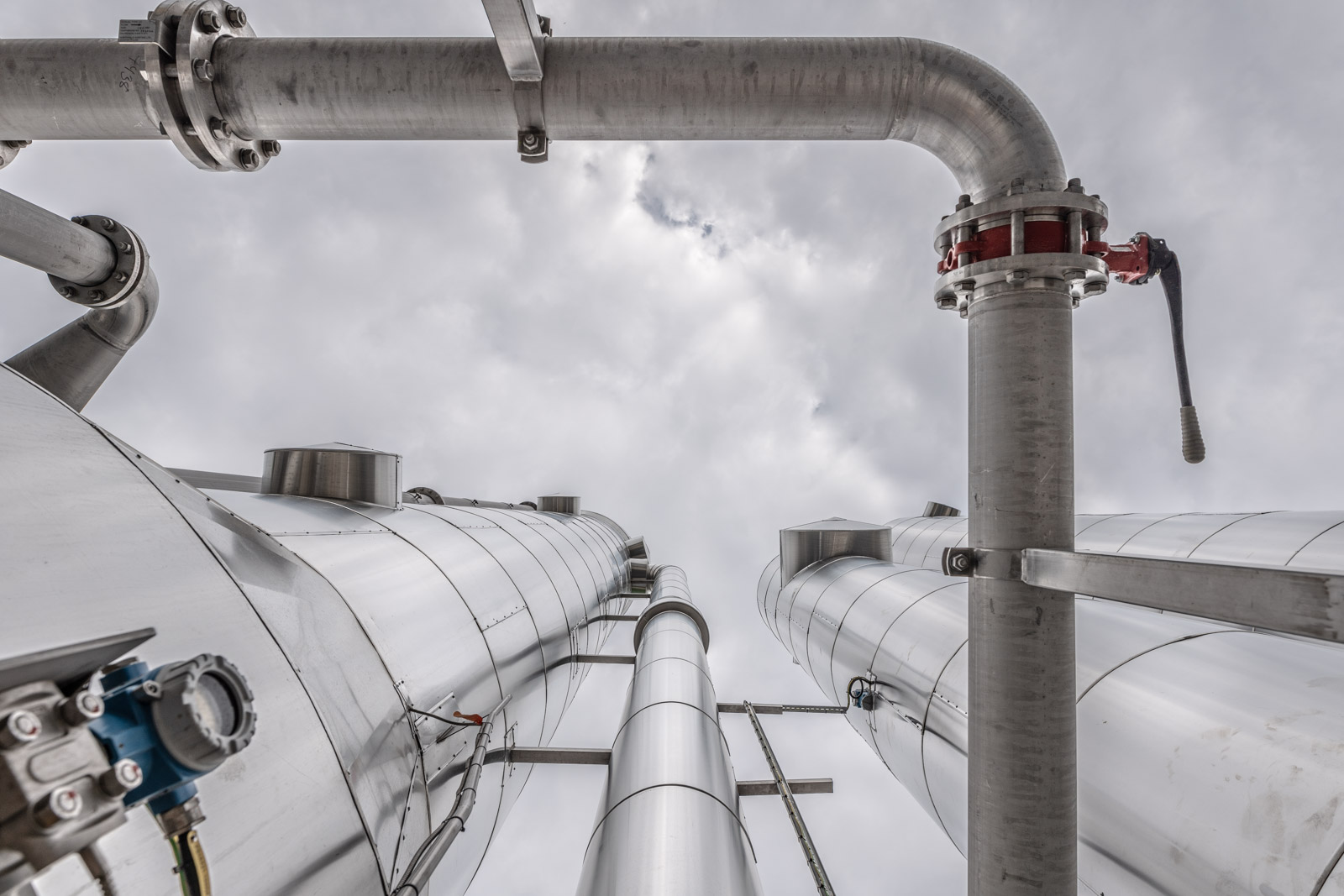
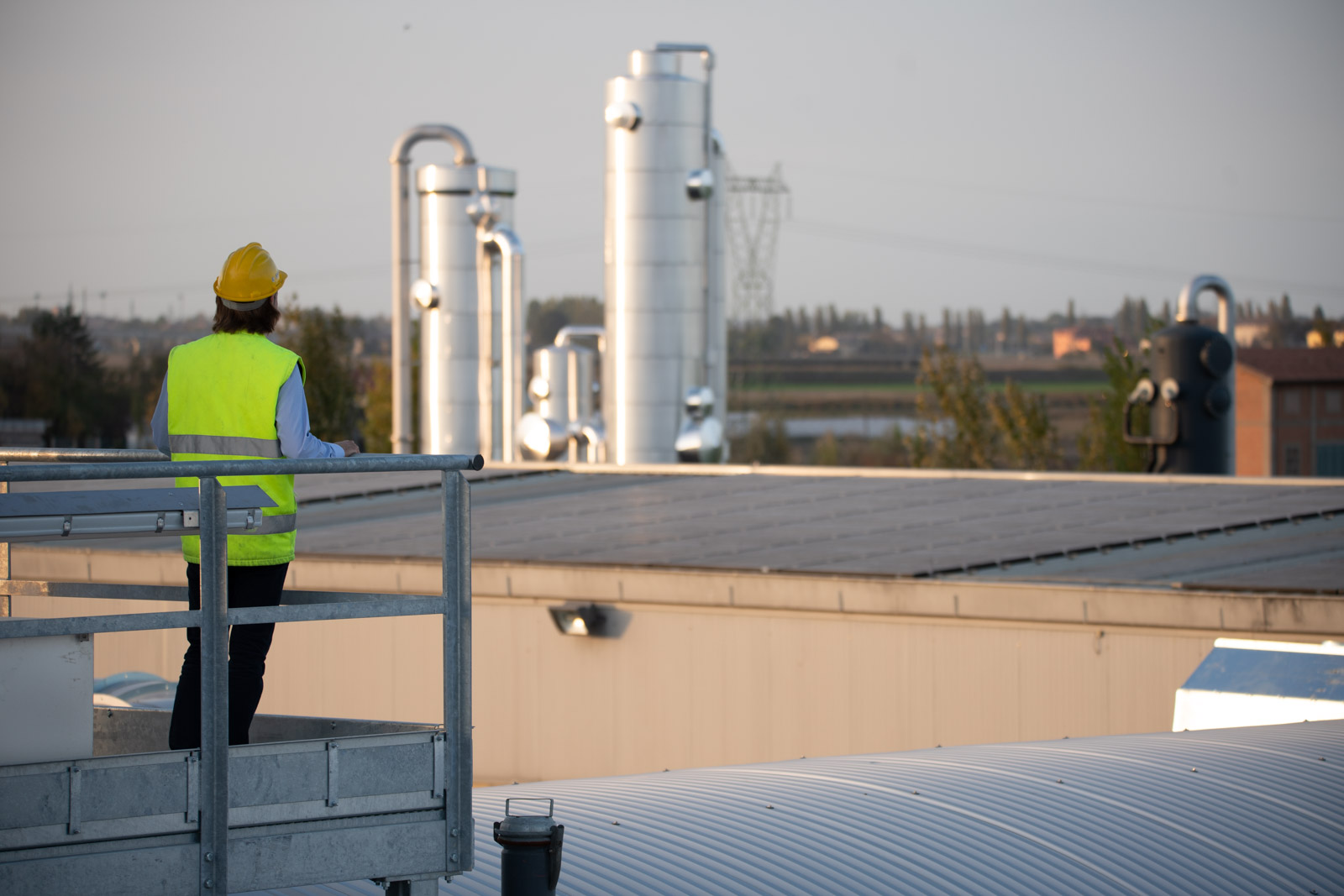
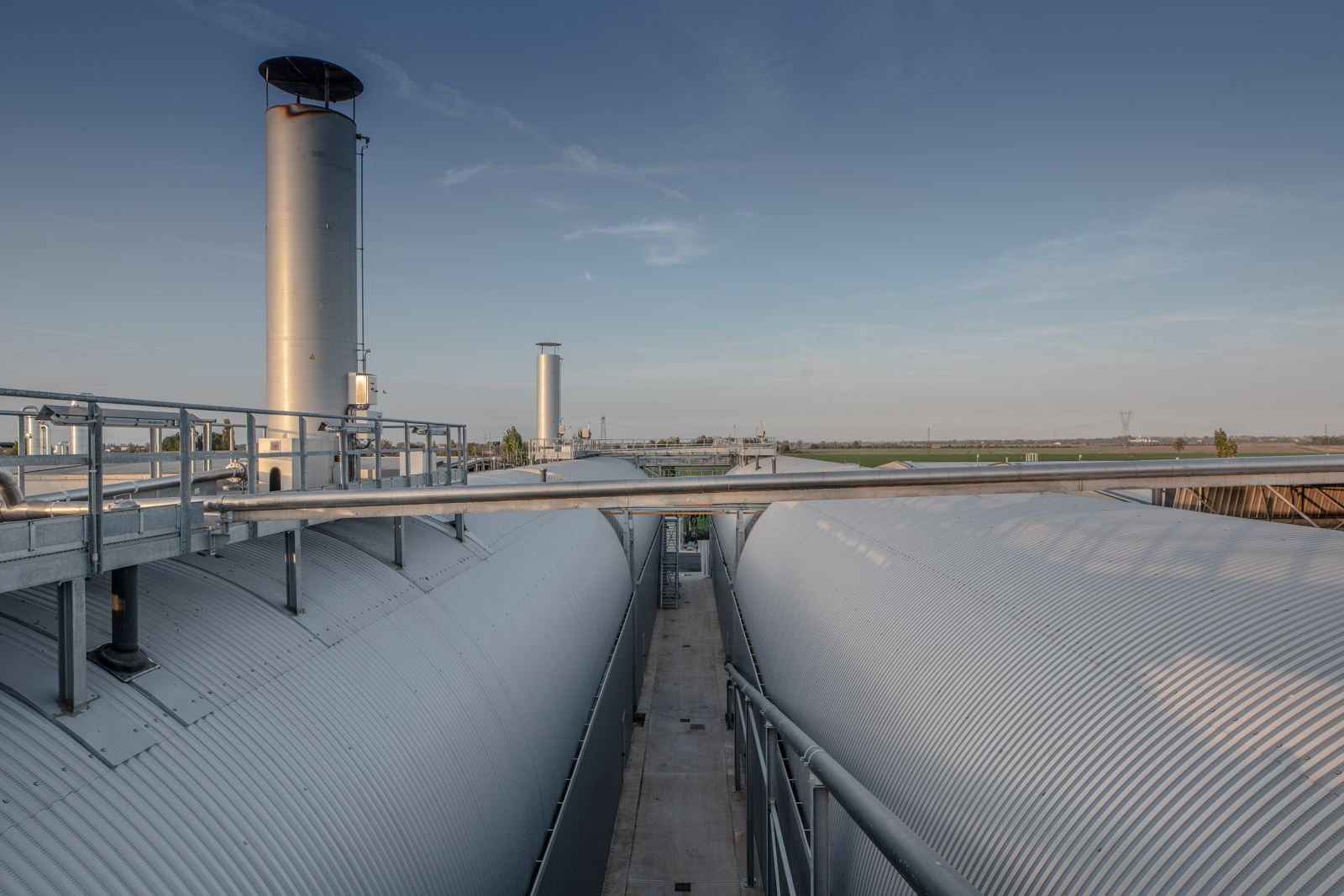

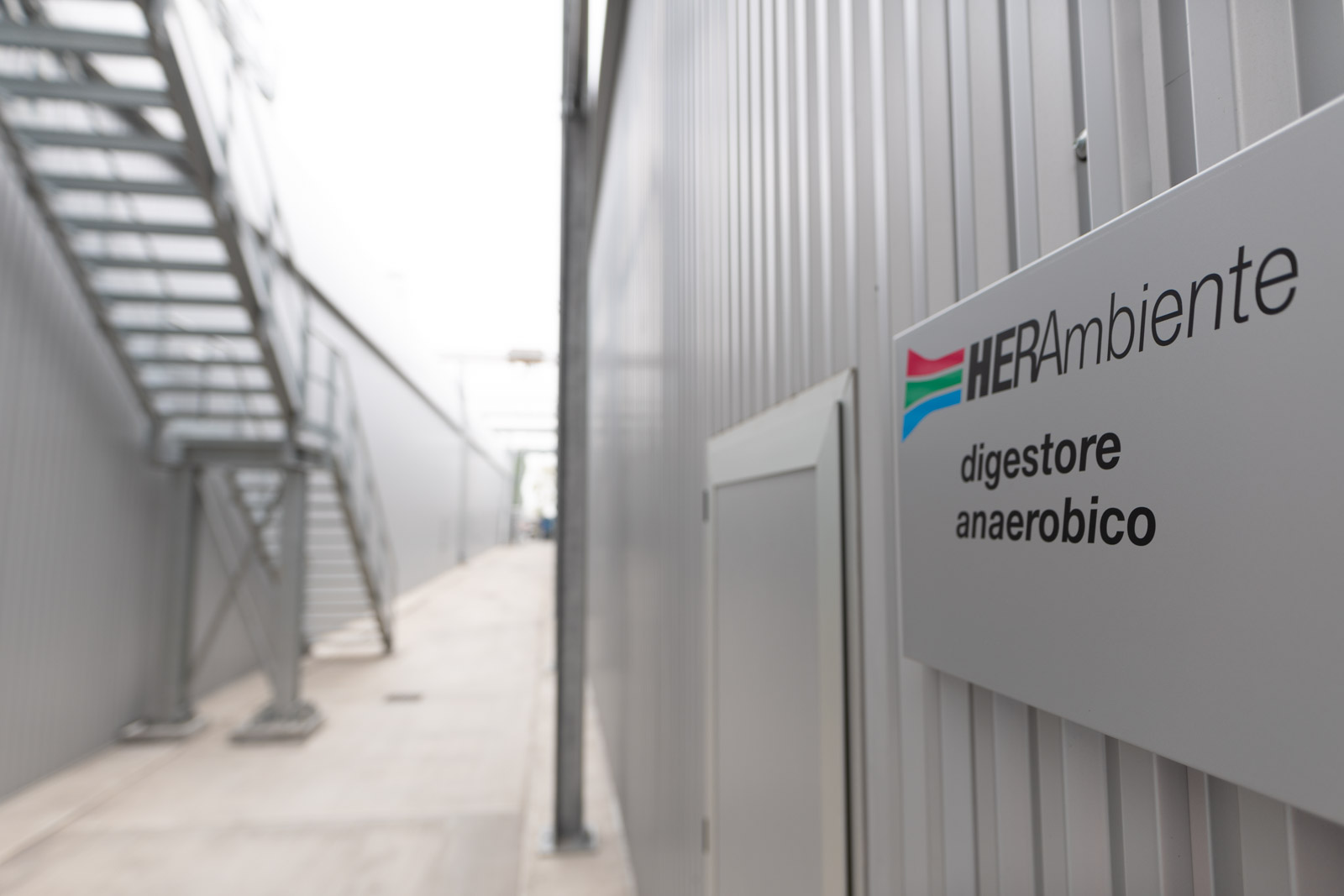
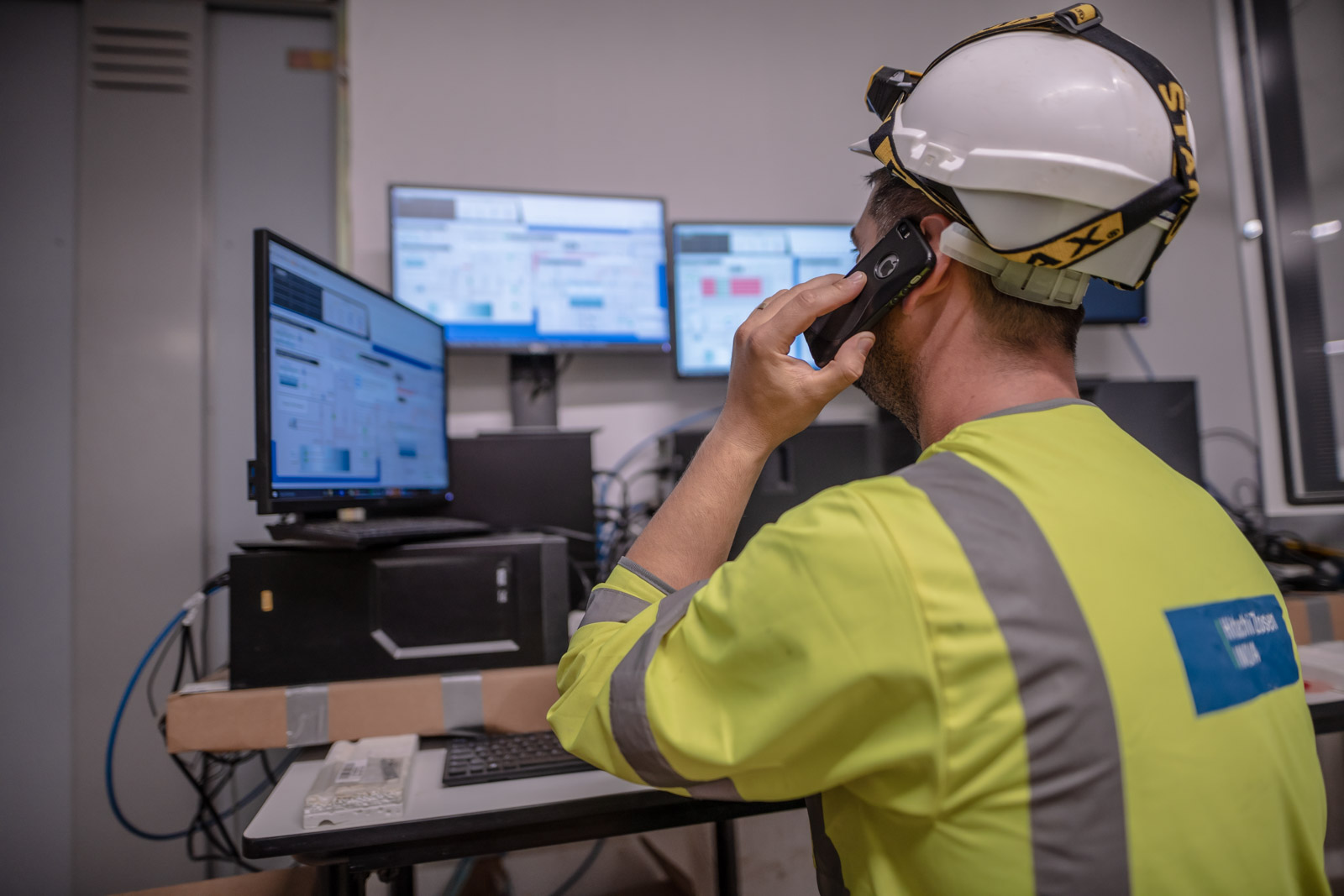
Search Bar
Tag Facet
Search Results
Asset Publisher
The search for water leaks is now more efficient, thanks to cosmic rays
Hera continues experimentation of the innovative, fast and low-cost contactless system that uses space technology to detect water leaks in the network more quickly and productively
So far, the method used to find leaks in the water mains that run under our streets has been acoustic detection: technicians walk the kilometres of asphalt above the mains and use special devices to locate leakage points.
Now, however, thanks to a system that uses cosmic rays, detection can also be carried out while following the network path in a car, thus proving faster and more profitable.
Cosmic rays: what are they and how can they be used?
Cosmic rays are an innovative method for water leak detection, based on the analysis of neutrons derived from secondary cosmic rays. It follows the same principle used to test whether there is water on Mars, but it can have different applications; for example, it is used in agriculture in the US for targeted irrigation.
In short, this technology exploits non-damaging particles, the neutrons, from space. These continuously impact Earth, generating collisions between secondary beams, the energy of which decreases according to the material that is passed through. In particular, hydrogen in water interacts with neutrons by slowing them down or absorbing them. The amount of water in the ground can therefore be assessed by monitoring neutrons in the air: ground where water is present in a higher percentage will have a greater moderating/absorbing effect on cosmic rays than a drier area.
By analysing the concentration of free cosmic rays, the presence of a water leak can be determined quickly and accurately, saving considerable time compared to traditional methods of investigation. In fact, this system can control a considerably larger network area, because it can travel on any vehicle on which it is mounted.
The search can be carried out by real-time identification, i.e. simply by the passage of the device over the tube and immediate verification of the leakage as soon as the sensor signals a decrease in the number of neutrons, or by deferred search, when the sensor placed on a moving vehicle passes over the area several times and then indicates the wettest spots.
The operator will no longer need to walk the entire water network with the geophone, but can go directly to the points identified on the map.
Experimentation and results
Together with the Department of Nuclear Physics at the University of Padua, we have developed a device that, mounted on a car, allows operators to travel along the network and monitor the concentration of neutrons on the road surface.
The vehicle moves at a speed of 40-50 km/h along the road under which the water network runs and, using cosmic ray analysis, the levels of detected neutrons are shown on a display. When the concentration drops, it is a sign that the neutrons have been retained under the soil by a cluster of water. When this happens, it means that there may be a water leak in that very spot, underground, and technicians can promptly intervene for repairs.
The testing of this technology, which we have been conducting since 2021, has confirmed the scientific soundness of the method: out of several thousand kilometres investigated, the same number of ruptures were found as with the traditional acoustic method, but with the advantage that the cosmic ray method is more productive, since the operator moves around in a car rather than on foot.
With a network of some 30,000 kilometres to check, having this tool allows us to make great strides. In addition, cosmic rays are sensitive to even modest leaks, such as those from pipe joints, which are more difficult to detect accurately.
This technology, which we have implemented thanks to a partnership with the start-up Cosmic and the team at Neptune Srl, is based on an isotope of lithium, lithium-6, which is the element that allows us to detect neutrons. We will continue to use it alongside the classic acoustic method, to locate all possible leaks and increase the level of effectiveness of interventions.
Creating shared value report 2024

.jpg/ec5b088f-780f-ff81-0bd7-652fdd1609b8)
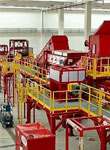


.jpg/5c532605-0938-031b-74ff-89388f7410d3)

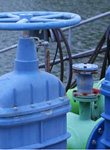
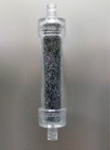
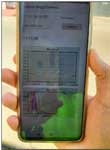
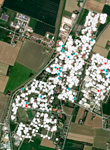
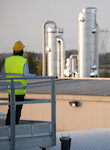
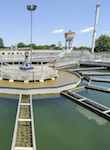

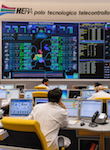



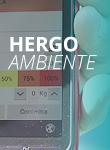
.jpg/468d051b-ba80-83a6-359d-7ef55eefd940)
.jpeg/1d0e0770-1094-b22b-fce4-099f27c72978)